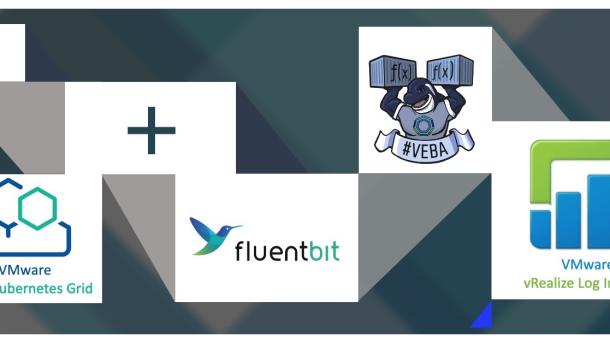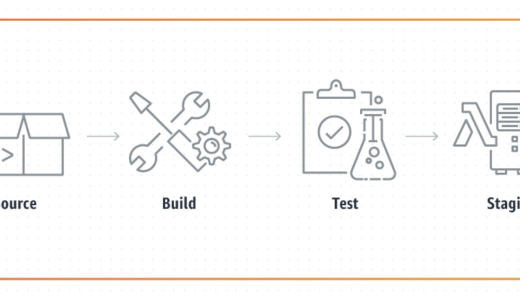In this article, we will explore the seamless deployment of Fluent Bit on AWS, unlocking the power of log collection and data processing in the cloud.
Amazon ECR Public Gallery

To deploy Fluent Bit on AWS, start by pulling the image from the Amazon ECR Public Gallery using the AWS Command Line Interface (CLI). Use the **docker run** command to launch the Fluent Bit container and specify any necessary configurations.
Make sure to configure Fluent Bit to send logs to the desired destination, such as Amazon Kinesis or Amazon CloudWatch. You can also use Fluent Bit plugins to extend its functionality and customize it to fit your specific needs.
Once Fluent Bit is up and running, you can monitor and debug its performance using tools like Fluentd or the AWS Management Console. Remember to keep your software up to date with the latest patches and security updates to ensure a secure deployment.
AWS for Fluent Bit Docker Image
By utilizing this Docker image, you can take advantage of the latest features and improvements in Fluent Bit without the hassle of manual installation and configuration. This helps to ensure that your deployment is always up-to-date and secure, with the latest patches and bug fixes applied.
To get started with deploying AWS Fluent Bit, simply pull the Docker image from the repository and run it on your Amazon EC2 instance. You can then configure Fluent Bit to send logs to Amazon Kinesis or Amazon Firehose for further processing and analysis.
Linux
Once Fluent Bit is installed, configure it to collect and forward logs to your desired destination. Utilize plug-ins to customize Fluent Bit’s functionality based on your requirements. Debug any issues by checking the source code and using available resources such as GitHub repositories.
Ensure that Fluent Bit is running smoothly by monitoring its performance and addressing any software bugs promptly. Consider setting up high availability policies to prevent disruptions in log collection. Stay updated on Fluent Bit releases and patches to maintain system security and reliability.
Windows
Next, you will need to navigate to the Amazon Elastic Compute Cloud (EC2) dashboard and launch a new Windows instance with the desired Linux distribution. Once the instance is up and running, you can proceed with the deployment of Fluent Bit.
Using the command-line interface, you can download the necessary Fluent Bit binary files and configure it to collect logs from your Windows environment. Make sure to test the deployment thoroughly to ensure that it is functioning correctly.
AWS Distro versioning scheme FAQ
| Version | Release Date | Changes |
|---|---|---|
| v1.0.0 | January 1, 2021 | Initial release of AWS Distro for Fluent Bit |
| v1.1.0 | February 15, 2021 | Added support for custom plugins |
| v1.2.0 | March 30, 2021 | Improved performance and bug fixes |
| v1.3.0 | May 15, 2021 | Enhanced security features |
Troubleshooting
If you’re experiencing problems with Amazon Elastic Compute Cloud, consider the Linux distribution you’re using and any compatibility issues that may arise. Remember to check for any common vulnerabilities and exposures that could be affecting your deployment.
When debugging, look into the source code of Fluentd and any plug-ins you may be using to identify potential issues. Utilize the command-line interface to navigate through your system and execute commands to troubleshoot effectively.
If you’re still encountering issues, consider reaching out to the AWS community for support. Don’t hesitate to ask for help on forums or check out FAQs for commonly encountered problems.



